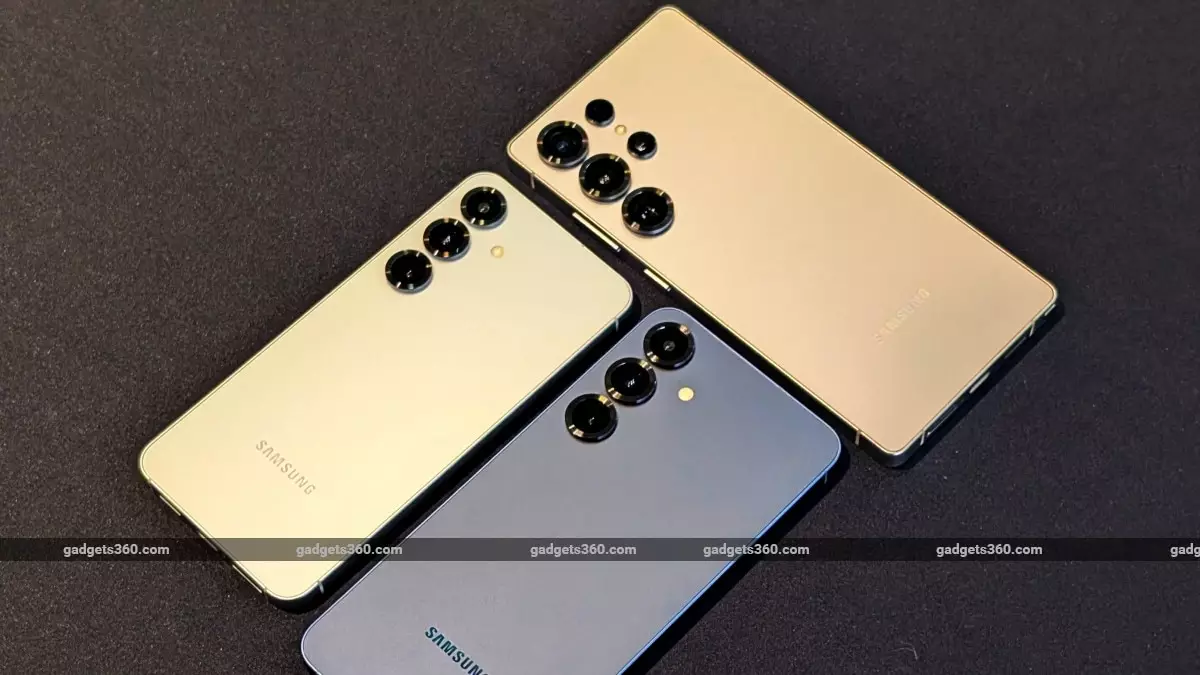The recent launch of the Samsung Galaxy S25, S25+, and S25 Ultra has set the stage for a new era in smartphone technology. These devices not only boast impressive hardware specifications but also introduce much-anticipated features, including satellite connectivity and a streamlined updating process. This article delves deeper into the significance of these updates, particularly their seamless installation capabilities, and what they mean for consumers.
In an age where software updates can be integral for not just performance but security, the iteration of seamless updates in the Galaxy S25 series is noteworthy. While this technology has been known since Google first introduced it nearly a decade ago, this is a pioneering moment for Samsung’s flagship line. The Galaxy S25 models uniquely incorporate the newer virtual A/B update scheme, ensuring that users experience shorter wait times during software updates. Traditionally, users would have to endure lengthy reboot times post-update, a process that often led to frustration and annoyance.
By leveraging the non-A/B seamless updates introduced with Android 11, Samsung significantly enhances user experience. This method allows updates to be applied to compressed snapshots of the operating system, thus requiring less storage while ensuring efficient execution. For consumers, this translates to a more seamless integration of updates, ultimately fostering a better longevity for the device.
In addition to updates, the Galaxy S25 series’ support for satellite connectivity marks a critical leap in mobile technology. This feature opens doors for users in remote areas where traditional cellular networks may falter. The ability to stay connected without conventional infrastructure not only improves safety—especially for outdoor enthusiasts—but it also expands accessibility for communication and information in less traversed geographic locations.
The integration of satellite connectivity alongside enhanced update mechanisms positions Samsung as a forward-thinking competitor in the smartphone market. As mobile usage becomes increasingly data-driven, these elements could give the Galaxy S25 series a distinctive edge over rivals.
Samsung’s gradual adoption of these technologies underscores the competitive landscape in the smartphone industry. It is evident that the company was lagging behind in implementing seamless updates, but their recent developments might signal a renewed focus on improving user experience. By finally adopting a modern update system, Samsung demonstrates an acknowledgment of consumer sentiment regarding the inefficiencies of previous update methods.
Moreover, with competitors like Google’s Pixel series already long capitalizing on such technologies, Samsung’s move might be viewed as an essential step to reclaiming some lost prestige in the software department.
The introduction of the Galaxy S25 series heralds significant improvements in both updating processes and connectivity features. Users can now enjoy an enhanced experience without the typical interruptions associated with software installations. With the convergence of better connectivity and more efficient device management, the Galaxy S25 series does not just meet current consumer needs but also prepares them for the future demands of mobile technology. The journey toward seamless updates may have been slow for Samsung, but with these latest offerings, it seems poised to gain traction in the ever-evolving landscape of smartphones.


Leave a Reply